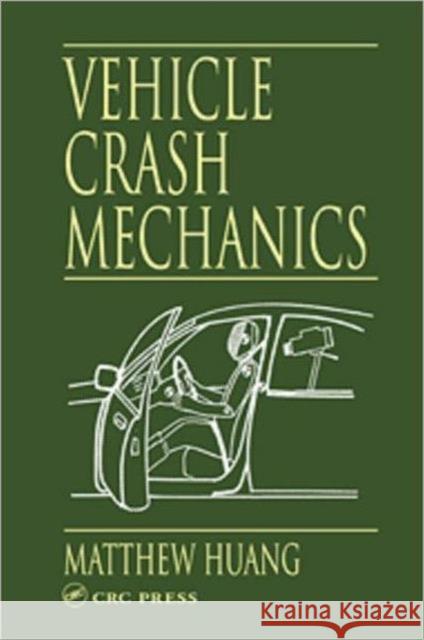Vehicle Crash Mechanics » książka
Vehicle Crash Mechanics
ISBN-13: 9780849301049 / Angielski / Twarda / 2002 / 504 str.
Governed by strict regulations and the intricate balance of complex interactions among variables, the application of mechanics to vehicle crashworthiness is not a simple task. It demands a solid understanding of the fundamentals, careful analysis, and practical knowledge of the tools and techniques of that analysis.
Vehicle Crash Mechanics sets forth the basic principles of engineering mechanics and applies them to the issue of crashworthiness. The author studies the three primary elements of crashworthiness: vehicle, occupant, and restraint. He illustrates their dynamic interactions through analytical models, experimental methods, and test data from actual crash tests. Parallel development of the analysis of actual test results and the interpretation of mathematical models related to the test provides insight into the parameters and interactions that influence the results. Detailed case studies present real-world crash tests, accidents, and the effectiveness of air bag and crash sensing systems. Design analysis formulas and two- and three-dimensional charts help in visualizing the complex interactions of the design variables.
Vehicle crashworthiness is a complex, multifaceted area of study. Vehicle Crash Mechanics clarifies its complexities. The book builds a solid foundation and presents up-to-date techniques needed to meet the ultimate goal of crashworthiness analysis and experimentation: to satisfy and perhaps exceed the safety requirements mandated by law.











